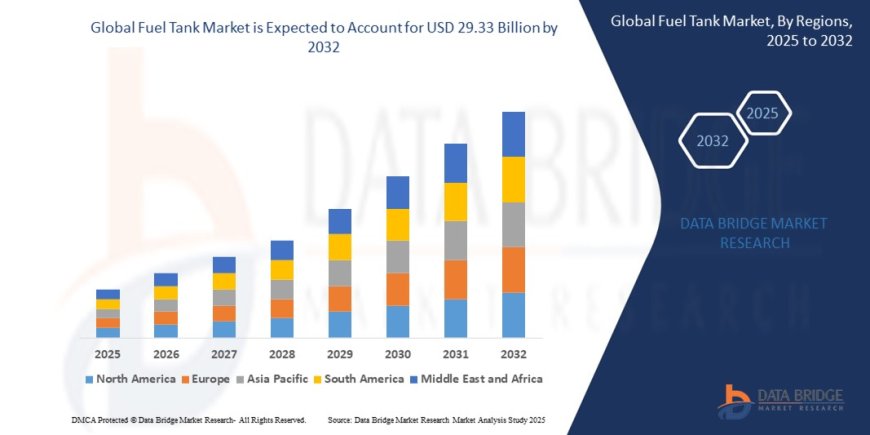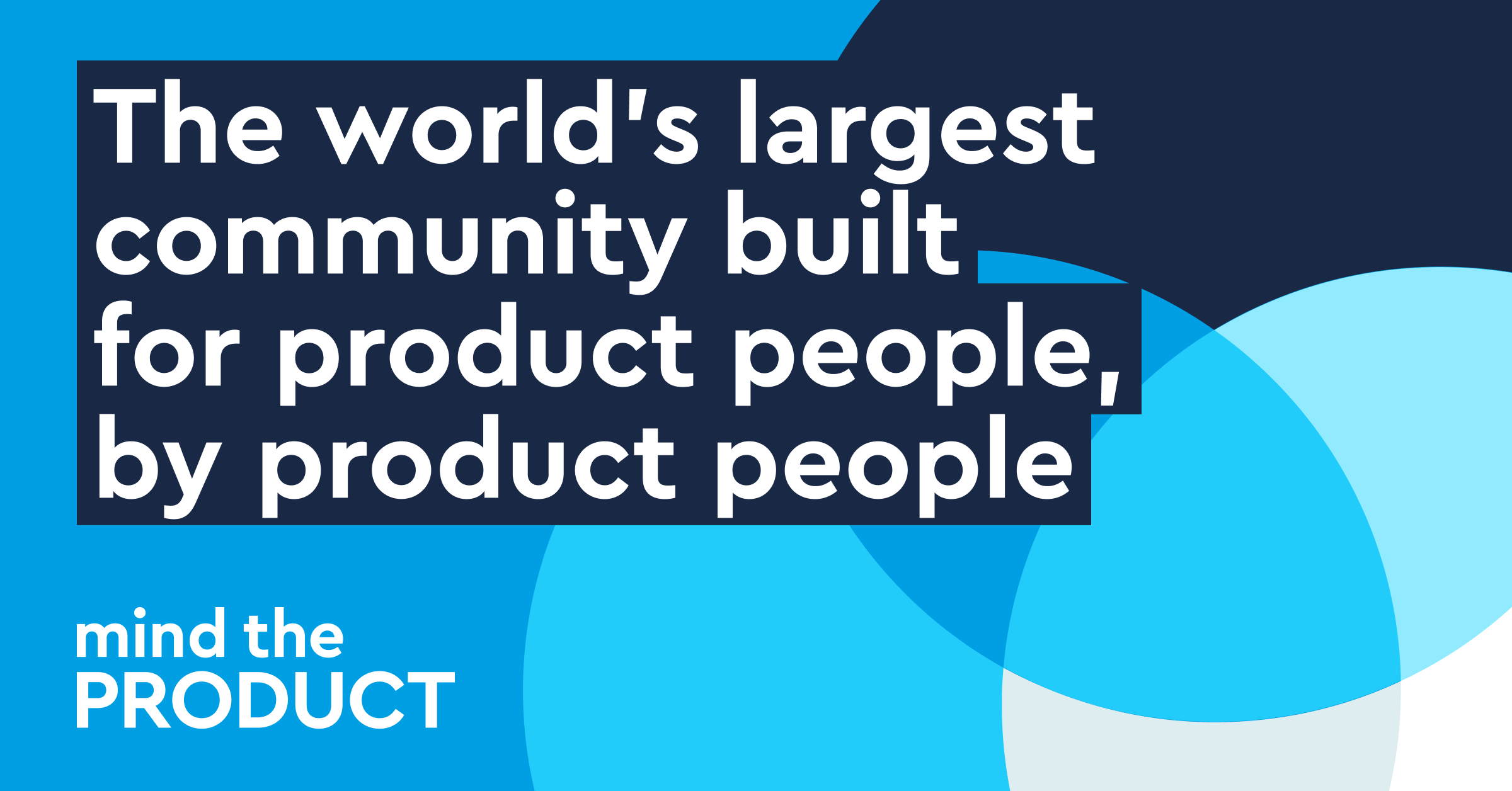Driving Efficiency and Safety: A Comprehensive Look at the Global Fuel Tank Market
The global fuel tank market size was valued at USD 19.55 billion in 2024 and is expected to reach USD 29.33 billion by 2032, at a CAGR of 5.20% during the forecast period

The Global Fuel Tank Market plays a crucial role in the automotive, aerospace, and industrial machinery sectors by ensuring safe and efficient fuel storage and transportation. As technological innovation, environmental regulations, and shifting fuel preferences reshape mobility, the fuel tank industry is evolving rapidly to meet the demands of modern engines and sustainability goals.
Market Overview
The fuel tank market was valued at approximately USD 16.2 billion in 2024 and is projected to grow at a CAGR of 4.1%, reaching over USD 21 billion by 2030. Despite the gradual transition toward electric vehicles (EVs), the continued dominance of internal combustion engine (ICE) vehicles in many regions ensures sustained demand for fuel tanks, especially in commercial, off-highway, and hybrid vehicle applications.
Key Market Drivers
-
Growing Automotive Production: Expanding vehicle production in developing economies such as India, China, and Brazil continues to drive demand for fuel tanks.
-
Lightweight and Durable Materials: The industry is shifting toward advanced composite materials and high-density polyethylene (HDPE) to reduce vehicle weight and improve fuel efficiency.
-
Stringent Emission Regulations: Governments around the world are enforcing stricter emission norms, pushing manufacturers to design leak-proof and environmentally friendly fuel storage systems.
-
Hybrid Vehicle Adoption: Hybrid vehicles, which use both internal combustion engines and electric power, still require efficient fuel tanks, ensuring continued relevance even amid EV growth.
-
Industrial and Aerospace Applications: Beyond automotive, fuel tanks are vital in aviation, construction equipment, and agricultural machinery, where liquid fuel remains essential.
Market Segmentation
-
By Material:
-
Plastic (HDPE, Polyamide)
-
Metal (Steel, Aluminum)
-
Composites (Carbon Fiber, Fiberglass)
-
-
By Capacity:
-
<45 liters (mostly for two-wheelers and compact cars)
-
45–75 liters (sedans and mid-size vehicles)
-
75 liters (trucks, SUVs, and industrial vehicles)
-
-
By Vehicle Type:
-
Passenger Cars
-
Commercial Vehicles
-
Off-highway Vehicles
-
Motorcycles
-
Regional Insights
-
Asia-Pacific dominates the market, with countries like China and India leading in automotive manufacturing and agricultural equipment usage.
-
North America shows steady demand, especially in heavy-duty vehicles and off-road machinery.
-
Europe is focused on lightweight, eco-friendly tank solutions to meet emission targets.
-
Middle East & Africa and Latin America present emerging opportunities due to infrastructure development and increasing vehicle sales.
Competitive Landscape
Major players in the global fuel tank market include TI Fluid Systems, Yachiyo Industry, Magna International, Plastic Omnium, Textron Specialized Vehicles, and Martinrea International. These companies are investing in R&D for lightweight materials, integrated fuel system technologies, and fuel tank sensors for smart monitoring.
Trends and Innovations
-
Integration with Emission Control Systems: Fuel tanks are now being integrated with evaporative emission control systems to reduce hydrocarbon leakage.
-
Smart Fuel Tanks: Use of sensors and IoT-enabled systems to monitor fuel levels, leaks, and temperature in real-time.
-
Modular and Customizable Designs: Demand is increasing for fuel tanks tailored to specific vehicle architecture and regional fuel standards.
Challenges
-
Rise of Electric Vehicles: The long-term growth of fully electric vehicles could reduce demand for traditional fuel tanks, especially in passenger vehicles.
-
Material Cost Fluctuations: Prices of raw materials like aluminum and polymers are volatile, impacting production costs.
-
Regulatory Pressure: Manufacturers must continuously adapt to evolving environmental regulations and testing protocols.
Future Outlook
While the global push toward electrification is gaining momentum, fuel tanks remain an integral component of the transportation and machinery ecosystem. The fuel tank market is expected to adapt through technological innovation, material advancement, and diversification into hybrid and industrial applications, maintaining relevance in a transitioning energy landscape.
Conclusion
The global fuel tank market is navigating a dynamic environment shaped by sustainability goals, regulatory shifts, and technological evolution. By embracing innovation and focusing on efficiency and safety, manufacturers are positioning the industry to thrive, even as the future of fuel continues to evolve.
Get More Details:
https://www.databridgemarketresearch.com/reports/global-fuel-tank-market
















































































































































